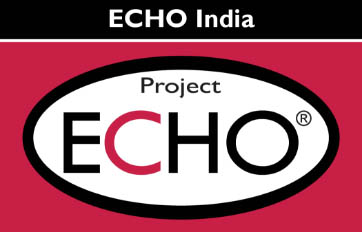Authors: Paromita Das and Rhea Leuna
Ageing is a natural and gradual process, but one sans a definitive boundary as the onset of old age varies across societies and generations. India, which has an elderly population of roughly 138 million [1], considers 60 years of age as the threshold; however, this number is set to surpass 170 million [2] by 2026.
Even as the size and share of India’s elderly individuals continue to grow, accessibility to quality healthcare remains a challenge. The key contributing factor is limited awareness of geriatric care, a specialized branch of medicine extending healthcare services to aged people. It addresses both basic physical and mental wellness as well as the management of age-related ailments like diabetes and arthritis, with the overarching goal of consistently providing integrated care across various healthcare settings.
In other words, geriatric care focuses on improving the elderly’s quality of life by meeting their long-term medical needs. It also encompasses referring and rendering health and social care services, such as housing, physical therapy, meal preparation, financial planning, and hospice care, to patients and their families.
Geriatric care takes a person-centered approach, combining various aspects like physical health, psychological well-being, family dynamics, monetary resources, and more. However, despite being essential to the healthcare requirements of senior citizens, geriatric care is still a relatively new field in India.
A 2021 study conducted among the elderly in India showed that over 30% [3] were completely unaware of dedicated healthcare facilities for seniors, further highlighting the grim situation. While the Indian government has launched initiatives like the National Programme for the Health Care of the Elderly (NPHCE) to make geriatric care accessible, there is much to be addressed.
Several statistics show that close to 80% [4] of India’s elderly community resides in rural areas, whereas roughly 20% live in urban regions. This calls for a pressing need to make geriatric care services available in primary healthcare facilities, with cost-effectiveness being crucial. Similarly, the mobilization of healthcare personnel through capacity-building initiatives that primarily focus on need-based care is the need of the hour.
Thus, as life expectancy continues to increase across India, making geriatric care accessible is imperative. Like several other Indian states, Kashmir has a sizable elderly population. It is home to over 8 lakh senior citizens with varying medical and socio-economic needs that can be addressed through geriatric care services.
As a step in this direction, ECHO India collaborated with Government Medical College (GMC) Srinagar to roll out a comprehensive program on Geriatric Health Care. It was launched in December 2022 for doctors as designated Geriatric Care Units and Outpatient Departments (OPDs) are being established in Primary Healthcare Centres and District Hospitals in Kashmir.
The initiative will also expand to other districts of Kashmir, paving the way for more such interventions in India’s geriatric healthcare sector.
References:
[4] https://www.researchgate.net/publication/340720289_ELDERLY_IN_RURAL_INDIA_A_SOCIOLOGICAL_ANALYSIS
